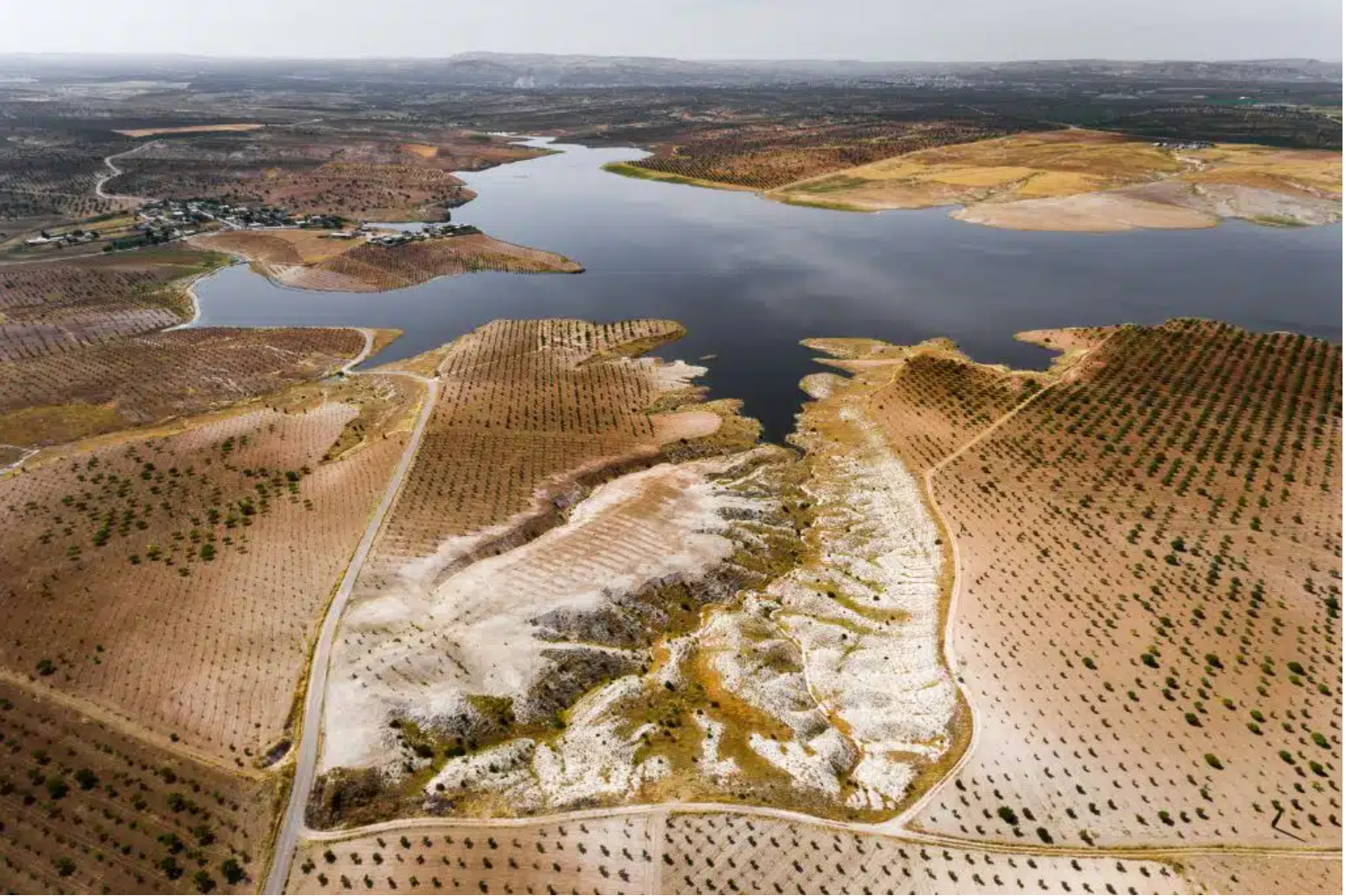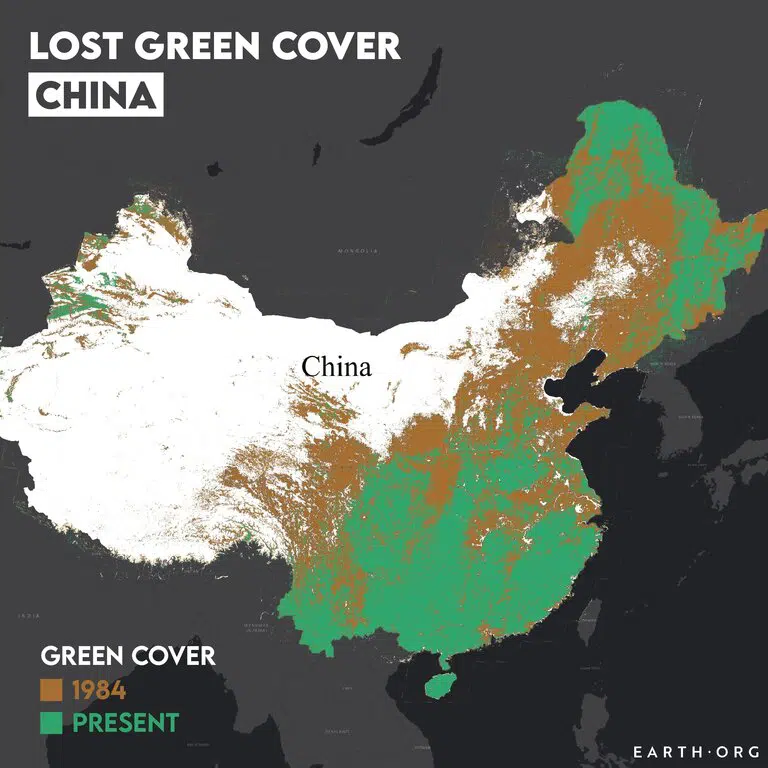
Research show that currently, 27.4% of land in China has undergone desertification affecting about 400 million people. Studies are increasingly focusing on the effects of widespread desertification, which affects food security, people’s livelihoods, and the environment, destroying habitats and contributing to biodiversity loss. We take a look at the causes and effects of desertification in China.
What is Desertification?
The United Nations Convention to Combat Desertification (UNCCD) defines desertification as “land degradation in arid, semi-arid and dry sub-humid areas resulting from various factors, including climatic variations and human activities,” while Carbon Brief describes the phenomenon as a “catch-all term for land degradation in water-scarce parts of the world”.
Desertification is the result of complex interactions between several factors, some of which include climate change, poor hydrological conditions, poor quality vegetation and soil, and sandstorms. To top this off, human activities are speeding up the process through unsustainable exploitation of the environment and crucial habitats through deforestation.
Drylands reportedly cover approximately 54 million square kilometres of the world – that’s 40% of the global land area – and over half of them are located in Asia and Africa, continually increasing in extent.

Drivers of Desertification in China
Growing research has explored the extensive desertification in China and the measures being put in place to combat it. The country is affected by severe desertification – which has rapidly increased since the 1980s – with the World Bank reporting that over one-quarter of the country is now covered in desert.
According to scientists and policymakers, behind such widespread desertification in China is a combination of human and physical drivers.
It is easier to discuss desertification by acknowledging the huge influence that climate change has had across China to date. The land surface across the whole of the Earth is warming faster than we have seen before, and declining rainfall can allow soils to dry out and become more likely to erode. As human-induced climate change intensifies, the situation for those already affected by desertification will only worsen.
In Northwest China, historical overgrazing of vegetation has led to dunes losing their protective vegetative cover and therefore becoming extremely unstable. Livestock overgrazing is often cited as one of the main causes of desertification but the intentional removal of vegetation by humans also has widespread repercussions on the land. In many rural areas, the issue is worsened due to the fact that most agricultural systems are rain-fed, and weak irrigation systems worsen land degradation in the area. Once the dunes are bare and vegetation has been destroyed, physical drivers will kick in as wind erosion catalyses the process of desertification and the issue unfolds.

Poor water management is also a huge driver of desertification, as a lack of water retention in the ground below also compounds the issues caused by overgrazing. For example, water and soil loss due to water erosion in the Loess Plateau in western China is commonly cited by researchers. With the local environment unable to retain water, and anthropogenic activities exacerbating the problem to support livelihoods, the soil has little potential to recover or replenish moisture.
The Effects of Desertification in China
Under the United Nations Convention to Combat Desertification (UNCCD) – the international legal framework for tackling desertification, land degradation, and drought – 169 of the 194 Parties have declared they are affected by desertification, and China is one of them. The UNCCD describes desertification as a “silent, invisible crisis” that destabilises communities on a global scale.
Desertification has proven to have extensive impacts on both people and the environment in China, as food production zones shift, leading to crops failing, livestock dying, and water sources drying up.
Desertification hinders progress toward sustainable development and has forced entire communities out of their homes, often having to enter new countries and communities as climate refugees. Internally displaced people and forced migrants may turn to other countries for help. The difficult situation, however, may also result in resource-driven wars for survival in response to food insecurity and water scarcity, jeopardising whole communities’ well-being and security. Without a clear path to adaptation, the prospect of conflict becomes more of a reality.
For those who have not yet been forced from their homes, sandstorms and dust pollution have become a regular occurrence in people’s lives – and this is only set to worsen. In early 2021, the Guardian reported that sandstorms “shrouded Beijing in a post-apocalyptic orange haze” as they “pelted the capital and spread as far as central China”. The storm reportedly affected about 380 million hectares of land across 12 Chinese provinces, posing a huge threat to human health as the huge amount of particulate matter (PM) in the air can damage external organs and the respiratory system.
- Desertification Effects Causes China anddesertification effects causes china desertification china of causes pollution indoor causes tackle desertification desertification measures control to effects desertification solutions to desertification photovoltaic control prevent desertification solution to